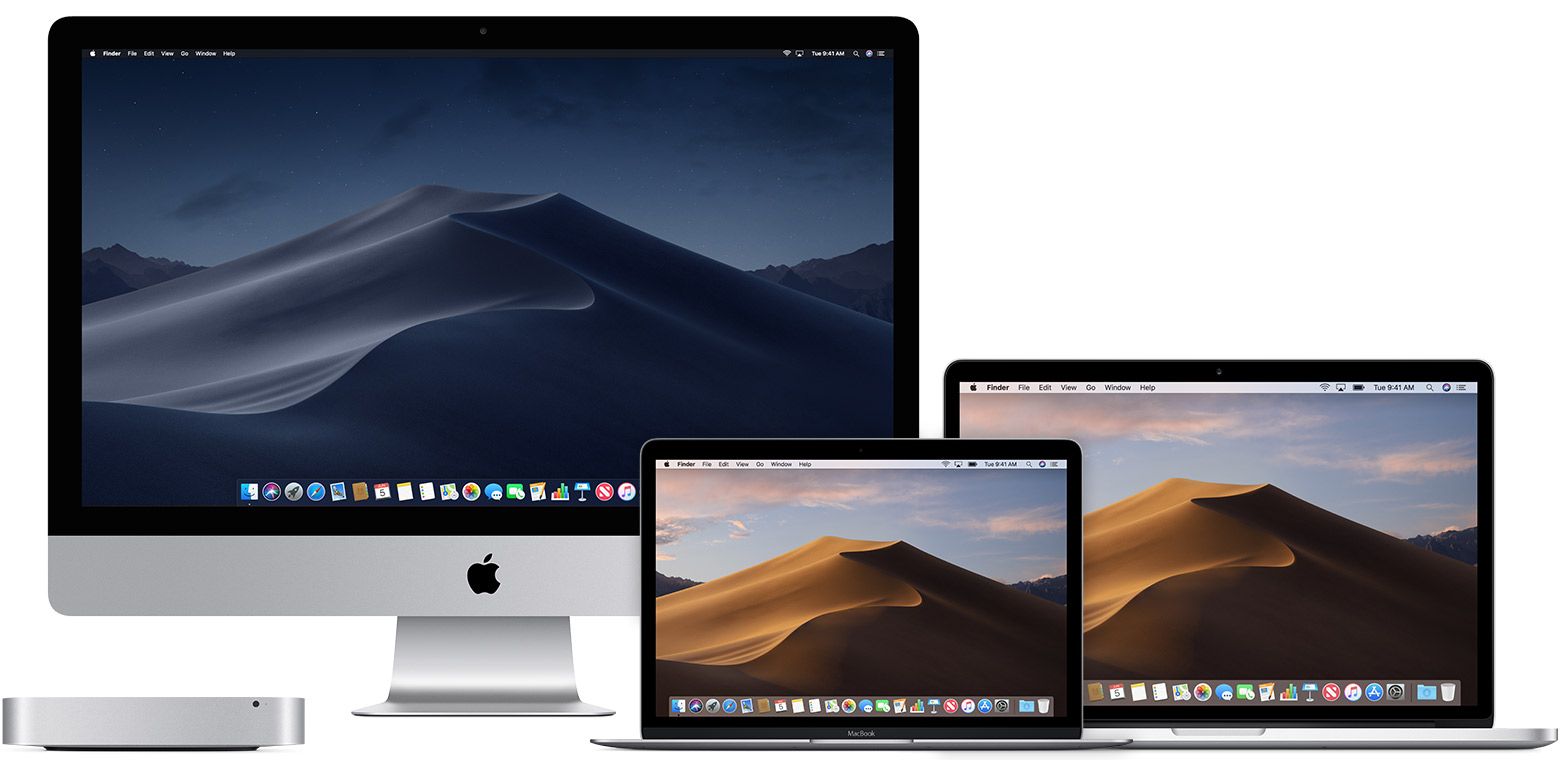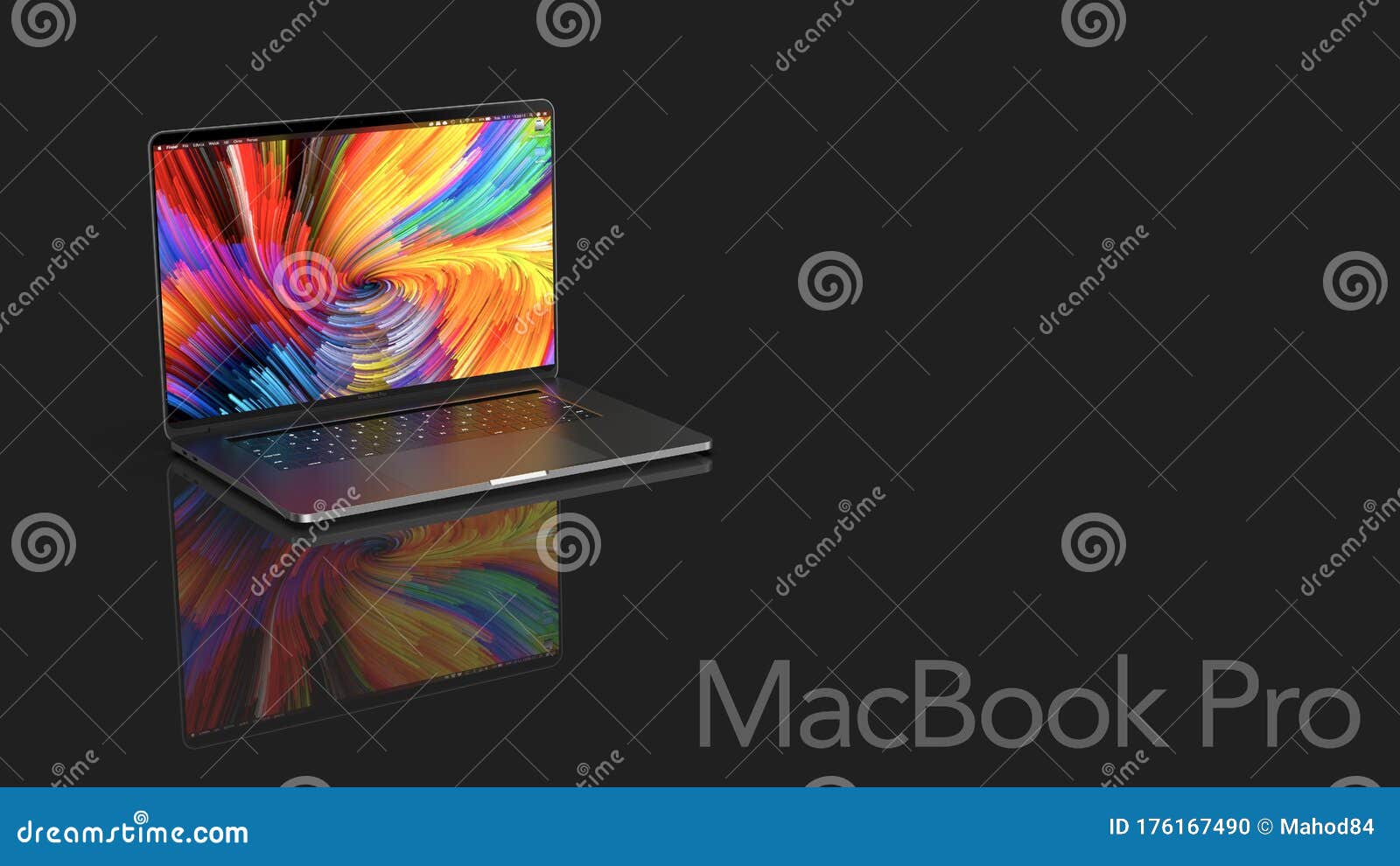May 28, 2018. May 30, 2020.
In October last year, Apple releases a new version of macOS dubbed as ‘Catalina.’ This latest installment of macOS includes new features, including new apps for podcasts, music, and TV (replacing iTunes), the ability to use iPad as an external monitor, a revamped Photos app, and many more. Seeing this, it’s no wonder that some Mac users want to update their OS version to Catalina. However, not all of them have the luxury to do so.
Officially, macOS Catalina won’t work on older Mac devices that are deemed not powerful enough, according to Apple. Additionally, they provided the official list of the supported Macs:
- MacBook models released in 2015 or after
- MacBook Air models released in mid-2012 or after
- MacBook Pro models released in mid-2012 or after
- Mac mini models released in late 2012 or after
- iMac models released in late 2012 or after
- iMac Pro released in 2017
- Mac Pro models from late 2013
This means that if you have a Macbook Air or iMac released in 2011, you won’t be able to upgrade your OS to Catalina. What version of macOS do you have?
If you’re unsure what version of macOS you have, you can check your macOS or OS X version by clicking the Apple icon at the top-left corner of Mac’s screen, then select About This Mac. In the Overview tab, look at the Mac model year below the OS version number. If the year is the same or above the previous compatibility list, then you should be able to install macOS Catalina formally. If not, read on.

Make your old Mac support macOS Catalina
Older Mac owners don’t have to worry. It’s not the end of the world. There’s a patch that lets you install Catalina to Macs that are not officially supported.
The patch is known as DosDude Catalina Patcher. DosDude Catalina Patcher is a third-party tool, meaning Apple does not develop the tool. It’s made by an individual developer instead. Keep in mind that just because you can make your old Mac run Catalina, it doesn’t necessarily mean it will always be a good thing to do.
Apple prevents older devices to run Catalina for a reason. As mentioned before, anything older than the officially supported hardware will most likely offer suboptimal performance using Catalina, not to mention that some features need newer hardware to function properly.
Despite that, it doesn’t mean that all old machines won’t run macOS Catalina well. Given that your hardware is capable enough, running Catalina shouldn’t introduce any lasting problems. The macOS Catalina Patcher is also updated regularly to address any issues that may surface. Otherwise, you can always downgrade your macOS to an older version if needed.
Install macOS Catalina on an older Mac
Before we begin, it might be a good idea to have a backup of your system using Time Machine, just in case. Creating a backup is always recommended. It’s not only useful for installing a new OS version can enable you to undo any changes after an update, which would be very helpful should something go wrong.
Once you are ready to jump into upgrading, follow the step-by-step guide below to install macOS Catalina on an older Mac using DosDude Catalina Patcher.
- First off, download the most recent version of Catalina Patcher from the official website.
- After the app is downloaded and installed, open it.
- The app will present you with a welcoming message. Keep clicking Continue until it finishes.
- Afterward, you need to get the macOS Installer App from Apple. You can either Download a Copy or Browse for a Copy… if you already have one. If you choose to download, the file size is about 7 to 8 GB, so you may need to wait for a while.
- Plug in a USB flash drive to your Mac and select Create a bootable installer on the Installation Method section.
- On the next screen, your flash drive should be detected as a volume. Else, you may have to first format your USB drive into macOS Extended Journaled if you haven’t already.
- When the flash drive is detected, select it, and click Start.
- Once the bootable installer is copied into the USB drive, restart your Mac. Hold down the Option key while the rebooting process takes place to open up the Startup Manager.
- From the boot list, choose the USB flash drive installer.
- Then, you’ll be taken to the macOS Utilities window. One thing to note is that if you run a version of macOS that is earlier than High Sierra, you’ll need to reformat your installation hard drive to APFS before proceeding. Use the Disk Utility option from the available list on the macOS Utilities window to do so. Otherwise, skip to the next step.
- Click on Reinstall macOS to install Catalina. Simply follow the process until the new OS, and the relevant patches are installed successfully.
Now, you can enjoy the latest version of macOS on an older Mac. Remember that Apple doesn’t recommend you do this, so some troubles might show up when operating your device. Even though dosdude1, the developer of Catalina Patcher, introduces new patches regularly, it shouldn’t be surprising if the experience may not be as good as using Catalina on Macs that officially supports it.
Related Posts:
Reinstall from macOS Recovery
macOS Recovery makes it easy to reinstall the Mac operating system, even if you need to erase your startup disk first. All you need is a connection to the Internet. If a wireless network is available, you can choose it from the Wi-Fi menu , which is also available in macOS Recovery.
1. Start up from macOS Recovery
To start up from macOS Recovery, turn on your Mac and immediately press and hold one of the following sets of keys on your keyboard. Release the keys when you see an Apple logo, spinning globe, or other startup screen.
Command (⌘)-R
Reinstall the latest macOS that was installed on your Mac (recommended).
Option-⌘-R
Upgrade to the latest macOS that is compatible with your Mac.
Latest Macos For Macbook Pro Early 2011
Shift-Option-⌘-R
Reinstall the macOS that came with your Mac, or the closest version still available.
You might be prompted to enter a password, such as a firmware password or the password of a user who is an administrator of this Mac. Enter the requested password to continue.
When you see the utilities window, you have started up from macOS Recovery.
2. Decide whether to erase (format) your disk
You probably don't need to erase, unless you're selling, trading in, or giving away your Mac, or you have an issue that requires you to erase. If you need to erase before installing macOS, select Disk Utility from the Utilities window, then click Continue. Learn more about when and how to erase.
3. Install macOS
Macbook Pro Mac Os
When you're ready to reinstall macOS, choose Reinstall macOS from the Utilities window. Then click Continue and follow the onscreen instructions. You will be asked to choose a disk on which to install.
- If the installer asks to unlock your disk, enter the password you use to log in to your Mac.
- If the installer doesn't see your disk, or it says that it can't install on your computer or volume, you might need to erase your disk first.
- If the installer is for a different version of macOS than you expected, learn about macOS Recovery exceptions.
- If the installer offers you the choice between installing on Macintosh HD or Macintosh HD - Data, choose Macintosh HD.
Please allow installation to complete without putting your Mac to sleep or closing its lid. During installation, your Mac might restart and show a progress bar several times, and the screen might be empty for minutes at a time.
If your Mac restarts to a setup assistant, but you're selling, trading in, or giving away your Mac, press Command-Q to quit the assistant without completing setup. Then click Shut Down. When the new owner starts up the Mac, they can use their own information to complete setup.

macOS Recovery exceptions
The version of macOS offered by macOS Recovery might vary in some cases:
Latest Macos For Macbook Pro
- If macOS Sierra 10.12.4 or later has never been installed on this Mac, Option-Command-R installs the macOS that came with your Mac, or the closest version still available. And Shift-Option-Command-R isn't available.
- If you erased your entire disk instead of just the startup volume on that disk, macOS Recovery might offer only the macOS that came with your Mac, or the closest version still available. You can upgrade to a later version afterward.
- If your Mac has the Apple T2 Security Chip and you never installed a macOS update, Option-Command-R installs the latest macOS that was installed on your Mac.
- If you just had your Mac logic board replaced during a repair, macOS Recovery might offer only the latest macOS that is compatible with your Mac.
If you can't get macOS Recovery to offer the installer you want, you might be able to use one of the other ways to install macOS.
Other ways to install macOS
Latest Version Of Macos For Macbook Pro 2011
- You can also install macOS from the App Store or Software Update preferences. If you can't install macOS Catalina, you might be able to install an earlier macOS, such as macOS Mojave, High Sierra, Sierra, El Capitan, or Yosemite.
- Or create a bootable installer disk, then use that disk to install macOS on your Mac or another Mac.
